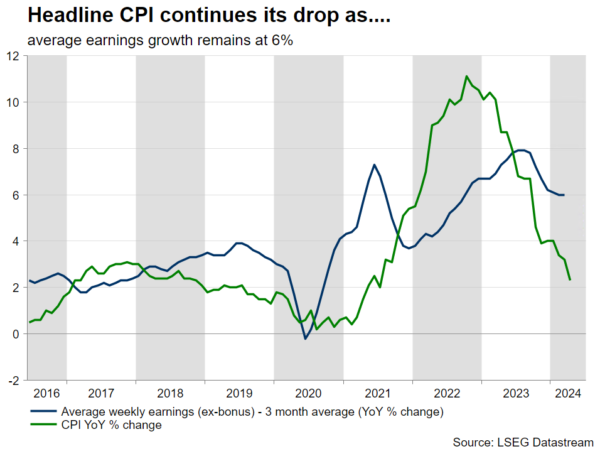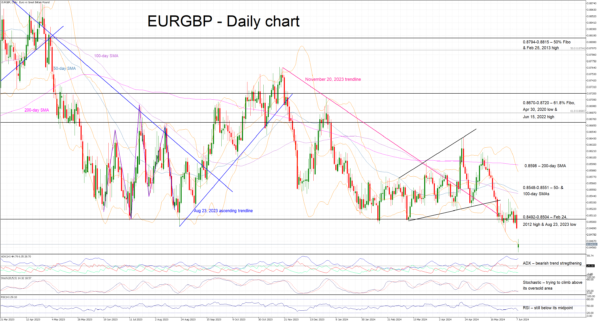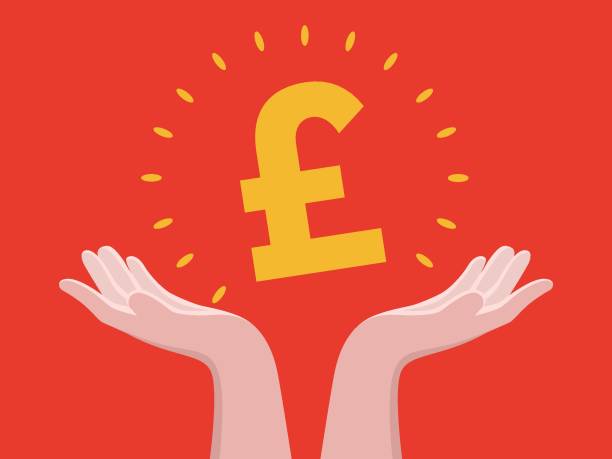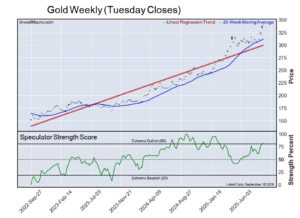- BoE stuck between strong US data and the ECB rate cut
- Labour market data could support August rate cut expectations
- All eyes on average earnings growth
- Could the pound maintain its recent gains?
BoE remains on the sidelines
While the ECB announced its first rate cut since 2019 and the Fed is preparing for Wednesday’s gathering, the Bank of England has been forced to stay on the sidelines. Its next meeting is scheduled for June 20, but the upcoming parliamentary elections exclude the possibility of a rate cut.
Having said that, the BoE could turn more dovish, but such a reaction could be misinterpreted ahead of the July 4 elections. Talking about a slowing economy in need of a less restrictive monetary policy stance could be seen as intervening in the elections by offering another argument to the Labour party’s arsenal and causing the wrath of Tory officials.
Despite the fact that the BoE members’ public appearances are kept to a minimum, the BoE has not gone into hibernation. It remains vigilant and prepares for the key August 1 gathering. This meeting includes both the quarterly projections and a press conference to explain any likely rate change or prepare the ground for a move in September.
UK data has been positive recently
The April headline CPI figure showed an aggressive easing in inflationary pressures, but it fell short of BoE’s expectations. Interestingly, the core indicator jumped to 3.9% yoy, essentially reminding the market that inflation remains the BoE’s main problem. Coupled with the recent hotter PMI surveys and the various house price indices showing further signs of stabilization, the UK economy might not be screaming for a rate cut at this juncture.
With most investment houses convinced that the first rate cut by the BoE will be delivered in August, this week’s data could open the door to a more dovish rhetoric at next week’s gathering. On Tuesday, the May claimant count change could surprise on the downside, but the focus will be on the average earnings growth data.

The indicator that excludes bonuses is expected to remain stable at 6% year-on-year growth and hence signal that domestic demand could be strong going forward. Interestingly, with the European football championship starting this week, anecdotal evidence points to increased economic activity whenever the English team performs well in the tournament, thus potentially fueling further consumer spending.
On Wednesday, production data and the monthly GDP figure for April will offer more evidence on the ongoing recovery of the UK economy, but the market’s mind will probably be already running ahead to the June 19 CPI report, one day before the BoE meeting.
Could the pound maintain its recent gains?
It has been a relatively good period for the pound, gaining around 2% against the euro since April. Following the European elections’ results, the euro/pound pair dropped aggressively lower, breaking the 0.8492-0.8504 range that has acted as strong support over the past 12 months, and it is now trading at the lowest level since August 2022.
With the ECB unclear about its next move, the pound needs a fresh catalyst to record a decisive move lower. This week’s data, and particularly Tuesday’s average earnings figures, have the potential to surprise on the upside and help the euro/pound pair maintain its recent gains and set sail for the 0.8304 level.
On the flip side, a weak set of data could further support the investment houses’ expectations for a summer rate cut and thus allow the euro/pound pair to retest the 0.8492-0.8504 range and then climb even higher.










